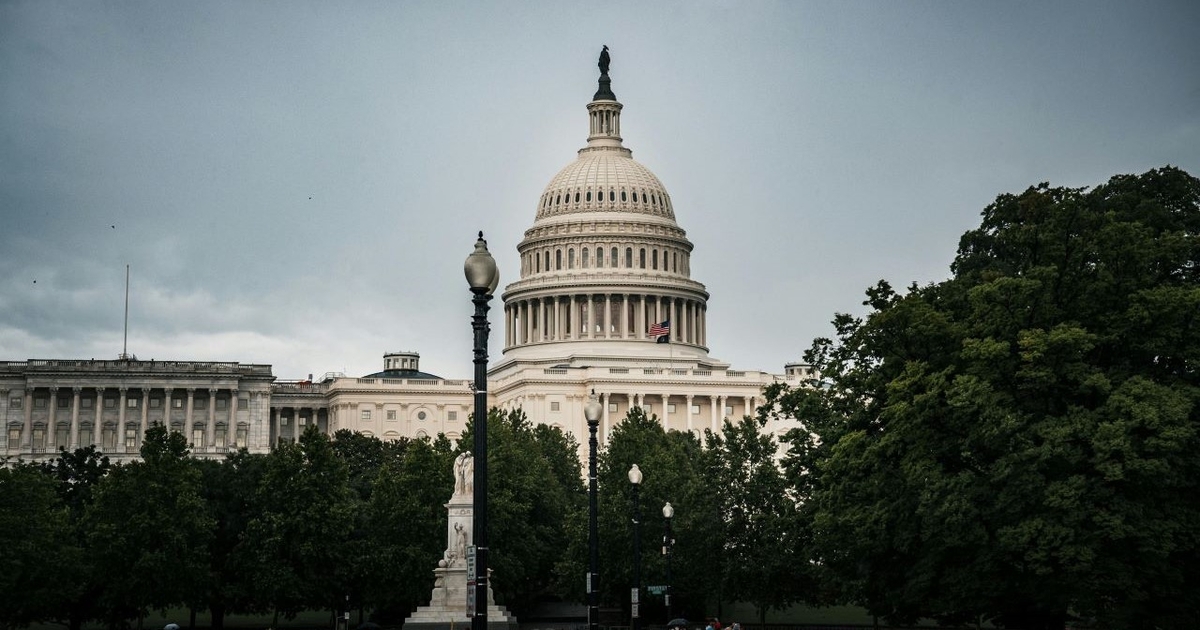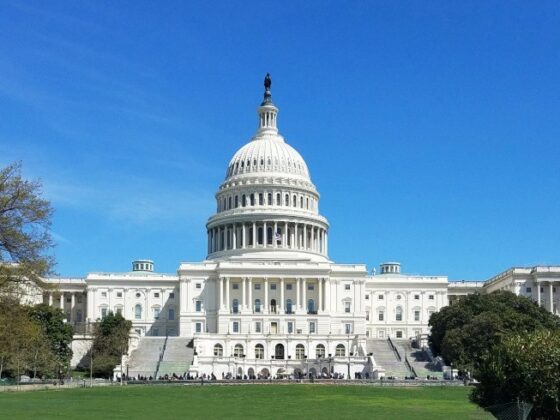
The U.S. government shutdown, as of the time of publication, has been going on a month and at this point who knows if there is an ending in sight.
The Congressional Budget Office is projecting the shutdown could cost the economy between $7 billion and $14 billion and the restaurant industry, particularly in the $8 billion Washington, D.C., market, is no doubt impacted as part of those forecasts.
The timing certainly adds some insult to injury to the some 2,660 restaurants in the city, many of which are still recovering from plummeting reservations following President Trump’s deployment of the National Guard and federal troops in August.
Jean Hagan, a restaurant consultant and partner at accounting and advisory firm EisnerAmper, adds that the city is also reeling from recent permanent government layoffs.
“Less people in the city means less restaurant customers,” she said.
To add a third punch, restaurants are also grappling with plummeting consumer sentiment, possibly resulting in fewer restaurant visits.
Technomic’s director of consumer and industry insights Robert Byrne said the government shutdown is adding to a laundry list of concerns that is driving such sentiment to levels that are even lower than they were during COVID.
“Consumers are intuitive. They don’t track measures that go into the broad rating of the economy, but they feel every single one of them,” he said during a recent presentation. “Right now, there is greater pessimism about future job availability — optimism about future income dropped off in August. Consumers are concerned about rising prices. Add this with the government shutdown and there are a lot of reasons they’re particularly anxious.”
As such, new data from BlackBox Intelligence shows that traffic and sales in the market have underperformed national levels in the past four weeks, with traffic across segments falling 2.8% in the week of Oct. 12 compared to -1.6% the week of Sept. 21, before the shutdown began. The national average for those two weeks was up 1.6% and 1.3%, respectively. Upscale restaurants in Washington, D.C., have especially been impacted in the past month, with traffic down 6.8% and total sales down 5.7%. Casual dining is the only category with positive cumulative traffic during this timeframe, up 1.6%.
As public restaurant companies begin reporting quarterly results, we’re also starting to hear how the shutdown is impacting them.
The Cheesecake Factory’s chief financial officer Matt Clark said the company expects revenue to decline by about 1% in Q4, which is a similar outcome from the 2019 government shutdown.
“We saw a very, very similar trend in the industry, and it was about a six to eight month period of time,” he said. “So, we’re sort of planning on that without any better information. And we’ll manage the business appropriately.”’
Though the shutdown wasn’t mentioned specifically, Shake Shack CFO Kate Fogertey said the company continues to see macro pressures in Washington, D.C., as well as New York City, that are weighing on overall results. She added that the company’s development pipeline will “significantly tilt away” from growing in those markets.
As the shutdown lingers, we can expect more such anecdotes. In a note published this week, William Blair analyst Sharon Zackfia said, “While difficult to pinpoint the cause of the broad restaurant slowdown that began in September, trends in October have almost certainly been dampened further by the ongoing federal government shutdown.”
Zackfia added that CAVA and Sweetgreen have the most exposure to the Washington, D.C., metro area, with low-double-digit percentage of total units in the region.
“Looking to the fourth quarter, we believe it is most prudent at this point to take a more conservative stance on projections given no discernible uptick in trends amid the federal government shutdown,” she wrote.
Mitigation plans
To manage this crisis, Hagan said Washington, D.C., operators should be evaluating sales and profit by dayparts, and any daypart that is not profitable during the shutdown should be eliminated until the market improves.
“Also, looking long-term, if you don’t already have a customer loyalty program in place, it’s time to get one going,” she said. “If you do have a loyalty program in place, it’s time to review it and sweeten the points to encourage guests to come in.”
Contact Alicia Kelso at [email protected]
Follow her on TikTok: @aliciakelso






